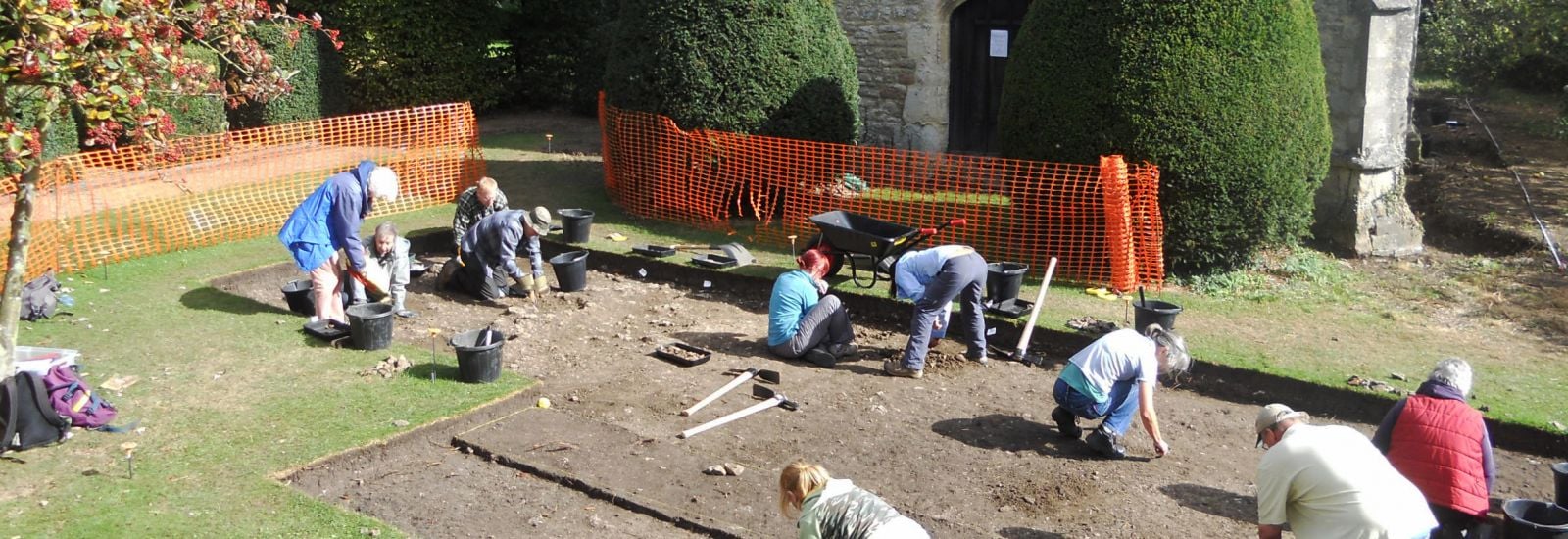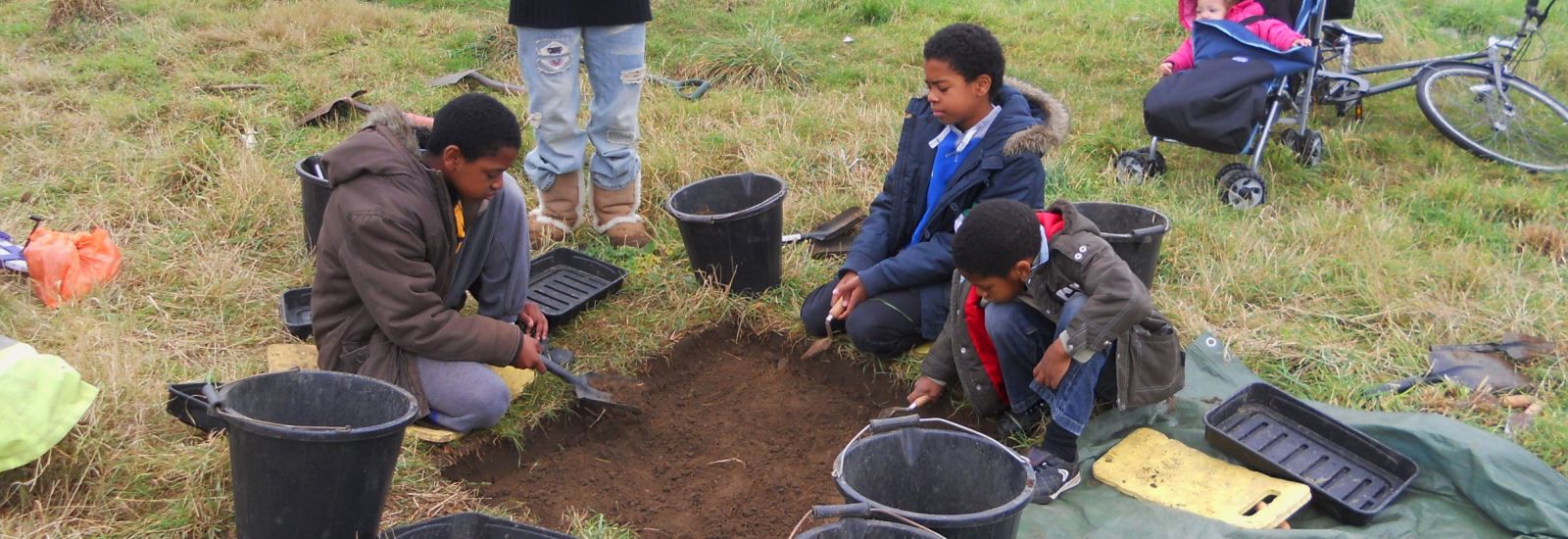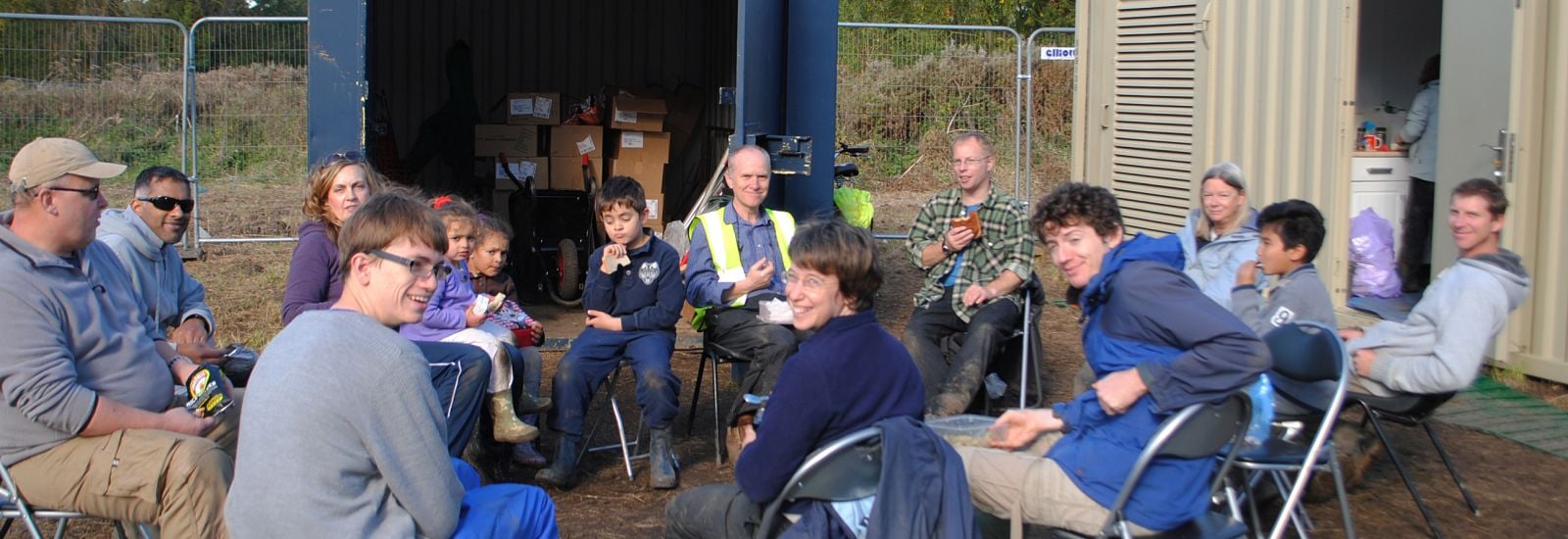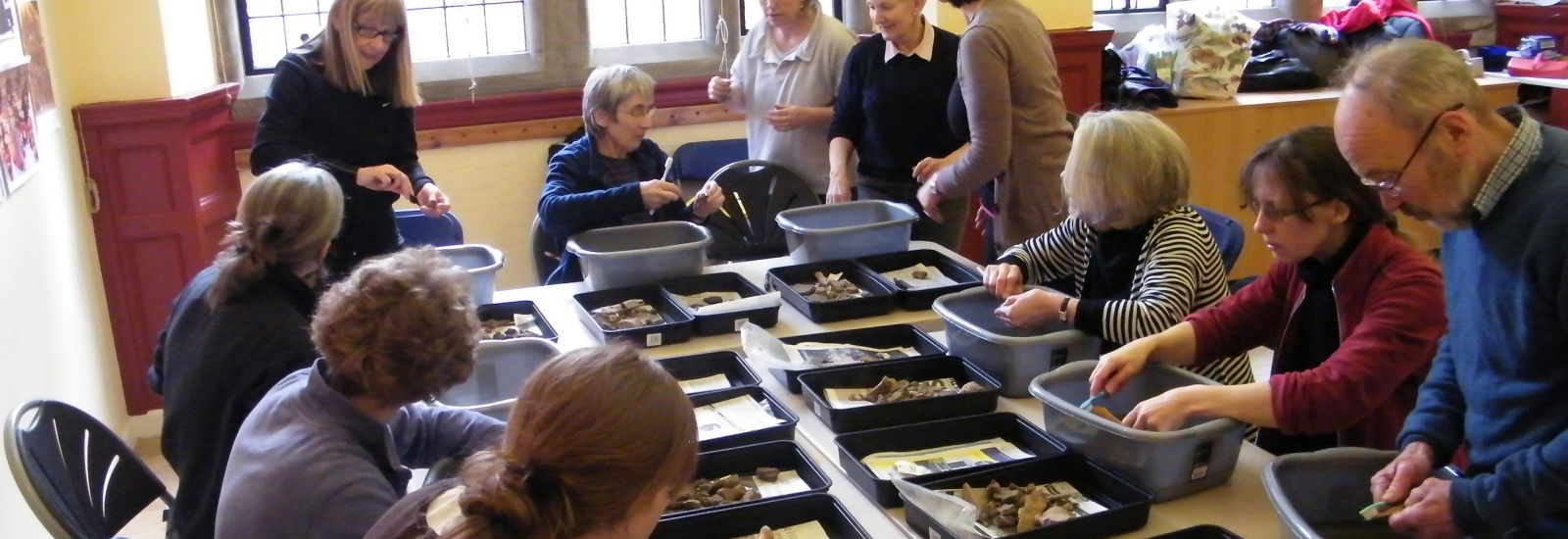
How volunteer archaeologists dug into Oxford’s deeper past.
You don’t have to travel very far from the ‘dreaming spires’ of Oxford before the sense of obvious living history evaporates. But one pioneering Oxford University project has succeeded in inspiring residents of the city’s thoroughly modern suburbs with the realisation that they, too, live in a landscape with an extraordinary heritage.
The ArcheOx project was hatched by Oxford archaeologists Dr David Griffiths and Dr Jane Harrison after a summer dig in Scotland. Wouldn’t it be great, they realised, if they could run an archaeology project that wasn’t confined to the long vacation – the only time Oxford academics can spend any substantial period away – and where academics and volunteers could participate on a weekly basis.
They looked at their own doorstep. ‘East Oxford is somewhat overshadowed by the central Oxford cultural heritage, but nonetheless a very interesting historical landscape,’ says Griffiths. Beneath the urban surface – no more than 150 years old – its archaeological heritage goes back to prehistory.
The ArcheOx team gathered existing research and resources on the area, and they drummed up interest through guided walks. ‘There was a universally enthusiastic reception,’ says Griffiths, who directs the archaeology programme in Oxford’s Department for Continuing Education. The Heritage Lottery Fund and the John Fell Fund allowed ArcheOx to run with at least two members of staff from 2010 until 2015. The innovative project was also heartily embraced with the University, says Griffiths, ‘No one told me I couldn’t do this. In fact it was opposite: people were rushing to help once they realised the idea had legs.’ It was supported by the School of Archaeology, by Oxford’s Ashmolean and Pitt Rivers Museums, and by local government-based, educational and charity organisations.
Many students and staff from the university participated, but much of the research was carried out by volunteers from the community who were given the necessary training, support and encouragement.

Investigations ranged from leafy Iffley to socially deprived Blackbird Leys, looking at the original settlements and carrying out digs in green spaces. A trench dug around Bartlemas Chapel, off the Cowley Road, unearthed evidence of the earliest, 12th-century chapel and thirty burials. Isotope and palaeopathological data on the diseases and diet of the people buried there confirmed that this had indeed been a medieval leper hospital, just as tradition claimed. Musket balls and ordinance were recovered from the English Civil War in the 1640s, when the site was used as a depot by the Parliamentary army, then besieging the King in Oxford.
Extensive investigations went on near the Kassam Stadium around a former pub ‘The Priory’ – originally part of a medieval nunnery, Littlemore Priory. It was a revelation to local people, as one volunteer recalls. ‘People said they had no idea this was there – that the run-down pub serving drinks on match days was actually historic.’
Excavating beside the pub in Minchery Paddock, the team uncovered the remains of metalworking shops and other buildings related to the nunnery. In the middle of a radio interview they unearthed a arrowhead, dating back to prehistoric times but buried in a deposit from the Middle Ages. ‘It got us very excited indeed to think that people in medieval times were still holding onto these things,’ says Griffiths.
There were many small test-pit excavations in back gardens in areas such as Iffley Fields. There, 19th-century gravel diggers had uncovered many prehistoric finds including flint arrowheads and axes, suggesting settlement in the five millennia or so after the glaciers retreated around 9500BC.
Reflecting on why the project worked so well, Griffiths says: ‘One of the old assumptions is that the general public are outside the process of academic research. That’s something which this project tried above all to overcome. We are all part of the public, and people from the community were part of the project and its governance.’ Volunteers came from diverse professions, countries of origins and social backgrounds, including people on state benefits, or fresh out of prison, or excluded from school. ‘Differences melted away and we had people working very happily and productively together,’ says Griffiths. ‘The defining factor was that we were all interested in something together and producing something we could share the credit for.’
ArcheOx won the Vice-Chancellor’s Award for Public Engagement with Research in 2016. A group of volunteers were steered through the NVQ in Archaeological Practice, an important national qualification taking several years to complete, and had help with registration fees. Many others took part in workshops on Roman pottery, field surveying geophysics, archival research, and so on. Several school-leavers opted to study Archaeology at university after their experiences as volunteers. Many others studied on the extensive programme of part-time, weekend and evening courses in Archaeology offered by Continuing Education.Existing museum collections on the area, notably in the Ashmolean Museum, have benefited from the new discoveries and insights. Local historical, archaeological and place-name groups are each carrying on the project’s work. ArcheOx veterans have gone on to volunteer in digital archiving and in Oxford museums. It has inspired projects further afield. A major volume on its findings, with contributions by 47 ArcheOx veterans, is being edited by Griffiths and Harrison.
An impact assessment for the Heritage Lottery Fund, carried out by Oxentia (formerly Isis Innovation), showed ArcheOx scored highly for learning, enjoyment, personal development; for social breadth of engagement and an improved sense of community. Report author Britta Wyatt said, ‘The people I talked to were so enthusiastic about it, and really excited to be part of this community initiative. It’s created a group of citizens that will continue to talk about this and share that history with the people they meet in their own community.’
Official Fellow
Reader in Archaeology
Department for Continuing Education
Article written by John Garth (www.johngarth.co.uk)

